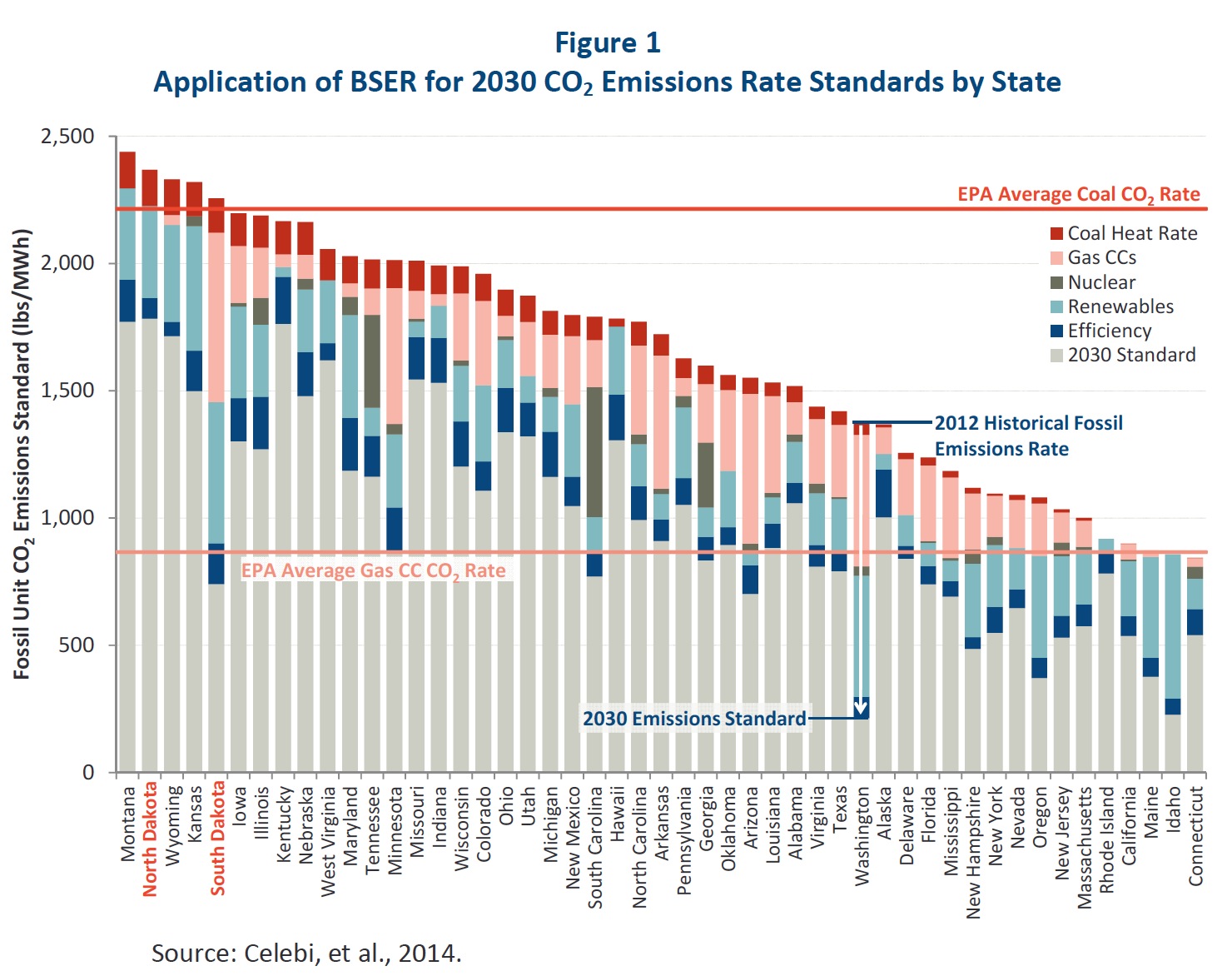
THE BRATTLE GROUP
The United States (“U.S.”) power system is undergoing a fundamental transformation, largely driven by advances in technology and low natural gas prices. This transformation is putting significant pressure on existing coal-fired and even nuclear generation, increasingly leads to renewable energy resources being cost-competitive with fossil-fired generation, and results in myriad choices for consumers that promise to permanently alter the role of demand in the power system. As a consequence, the fuel mix and associated emissions of the U.S. power system are changing rapidly, as are the actions taken by system operators to manage the quickly evolving electric system.












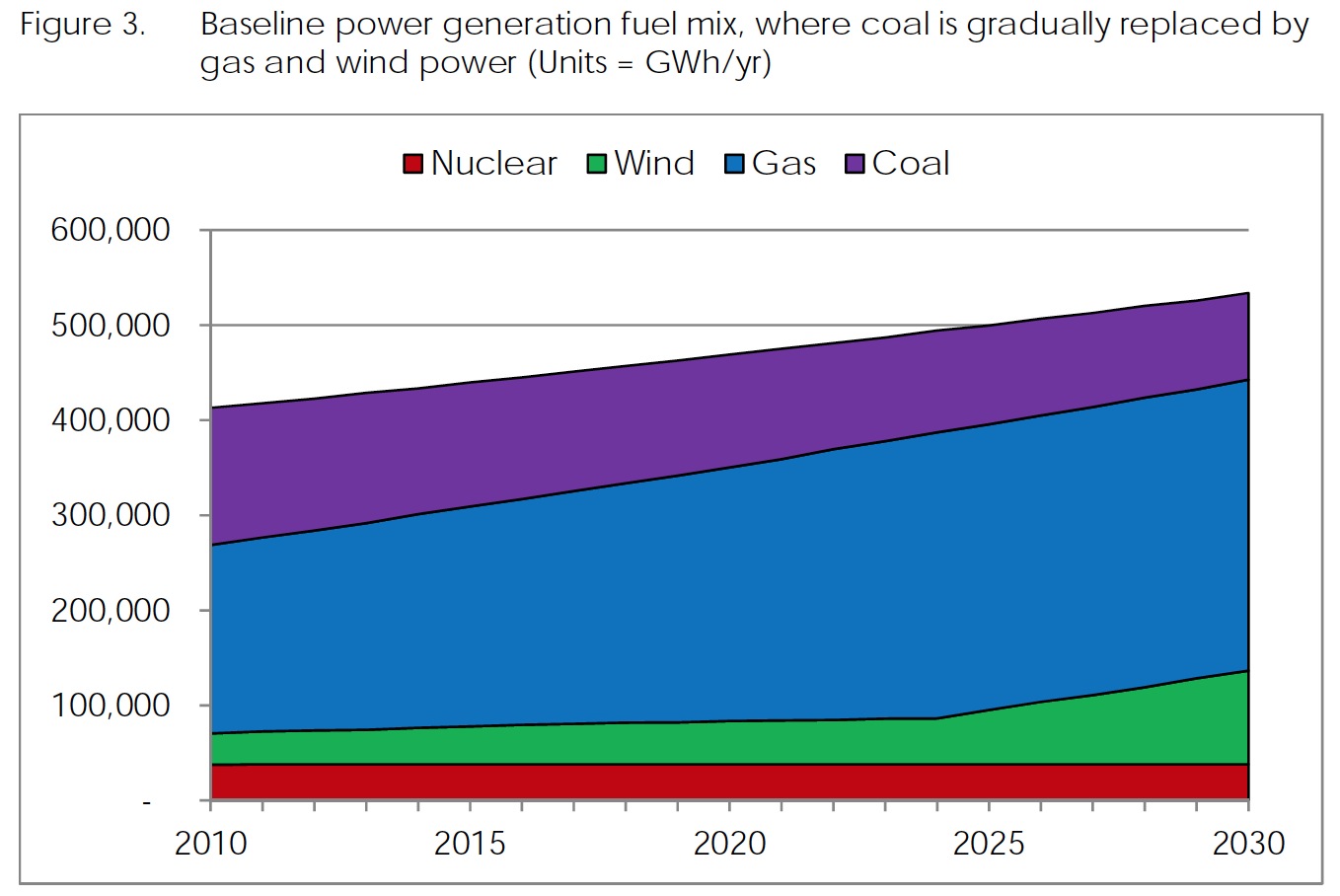
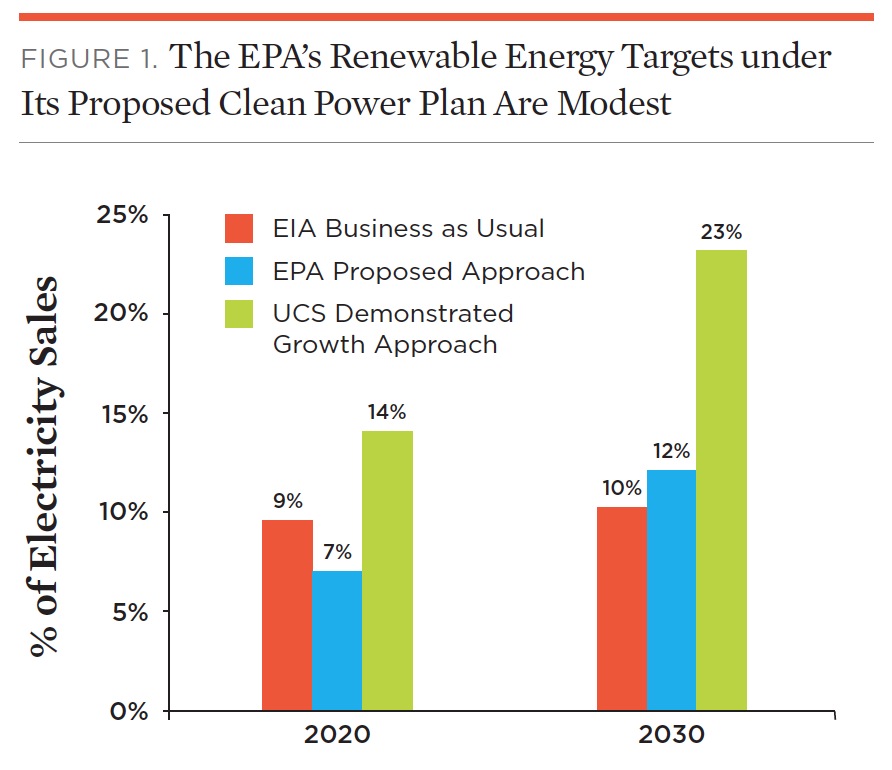
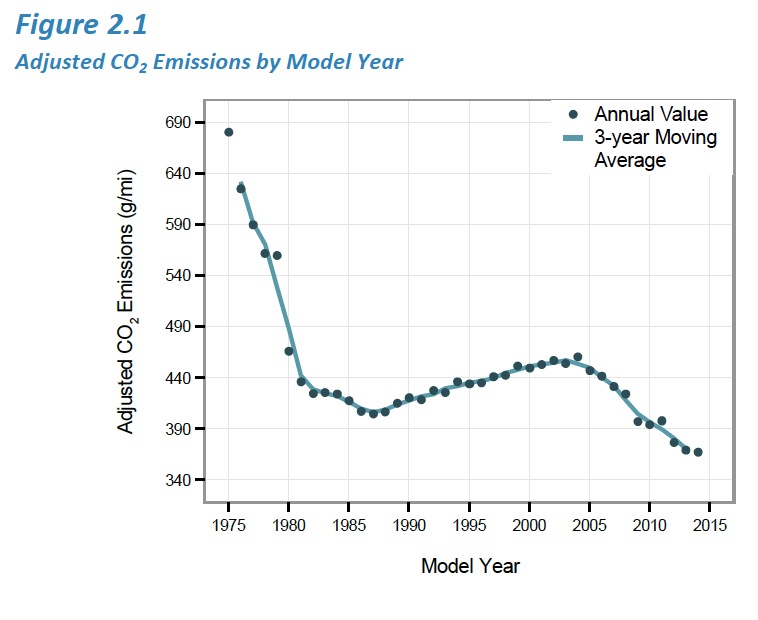
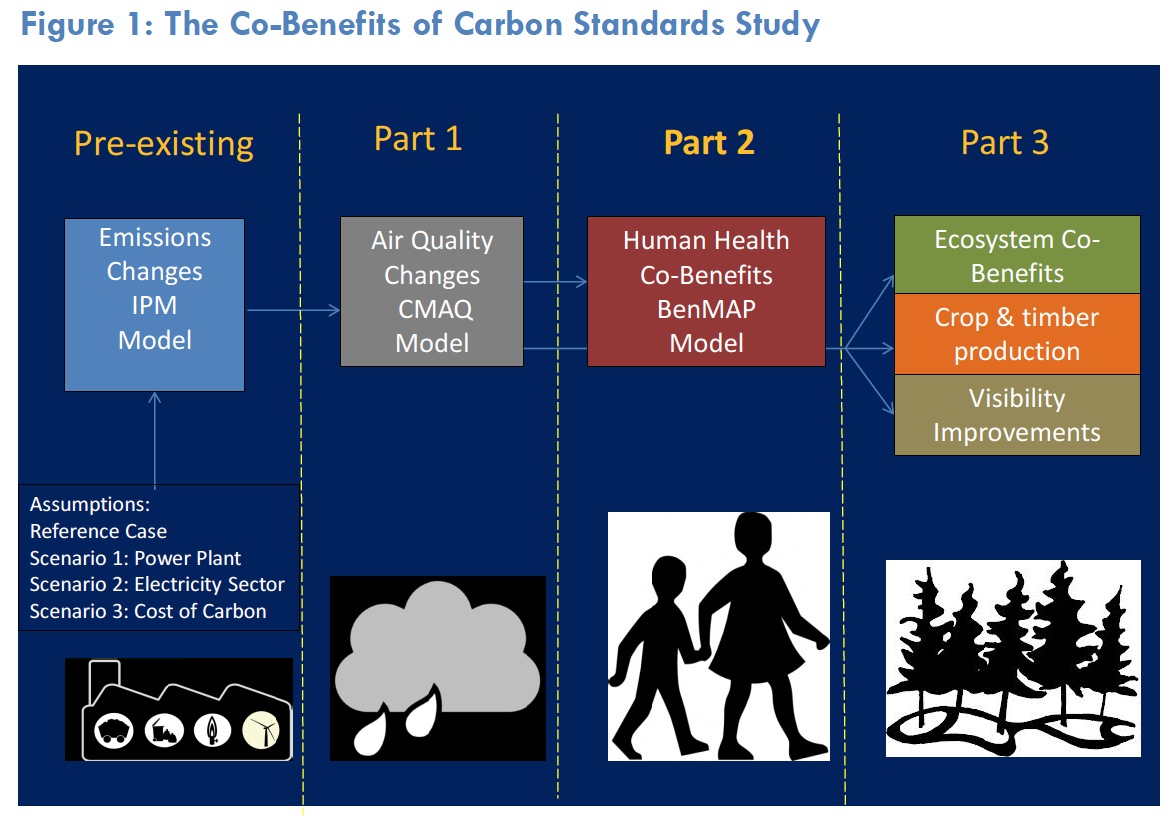
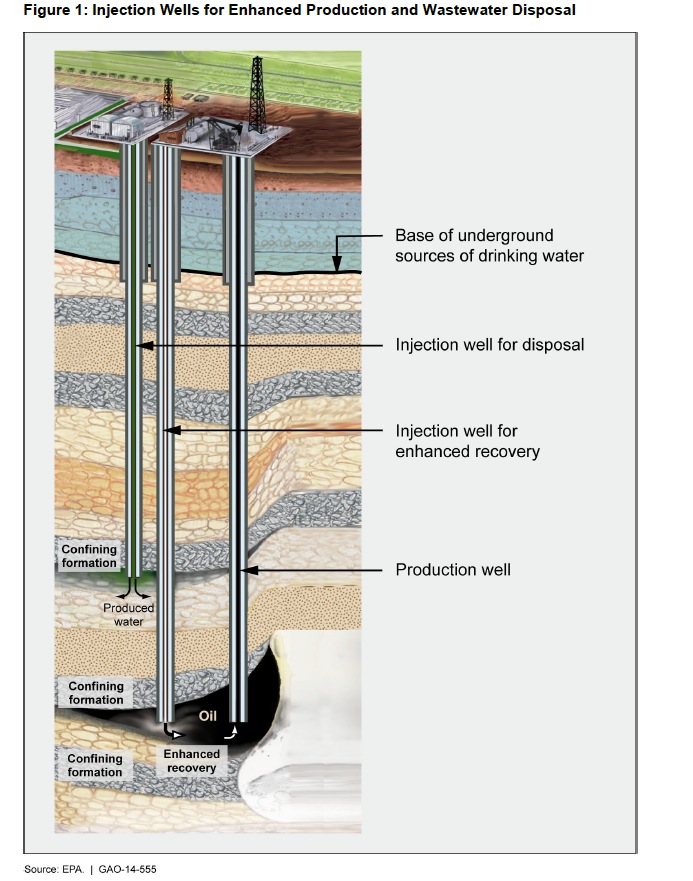
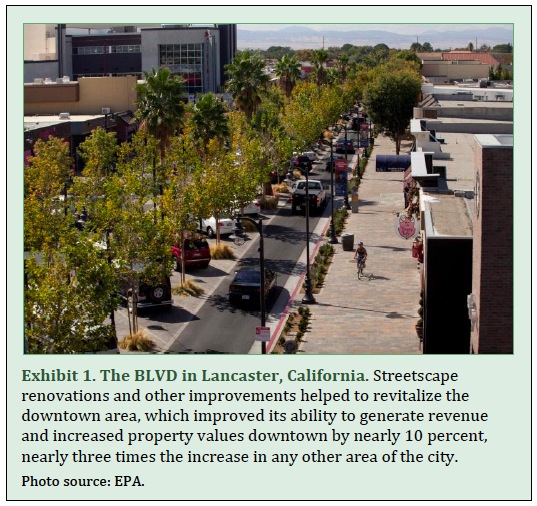

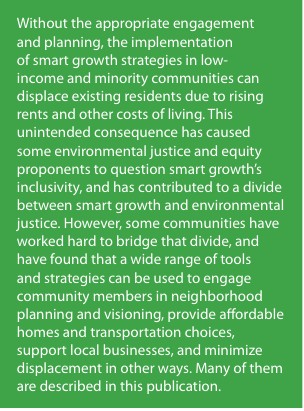
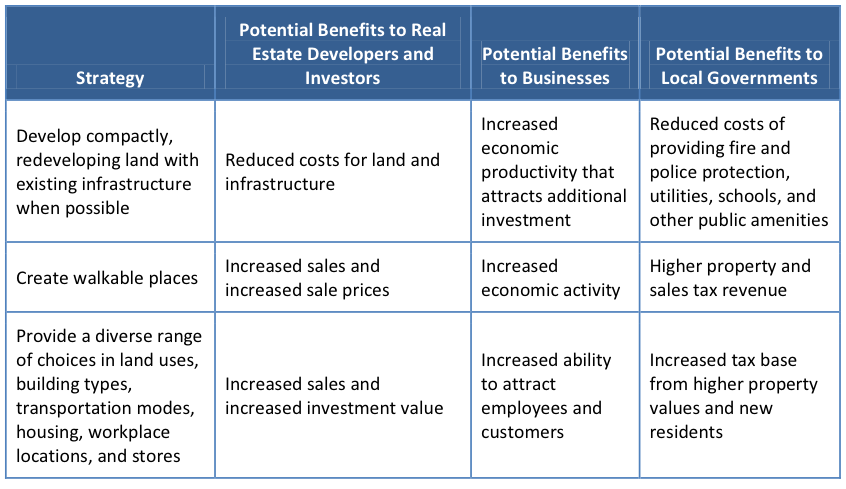

 RSS Feed
RSS Feed